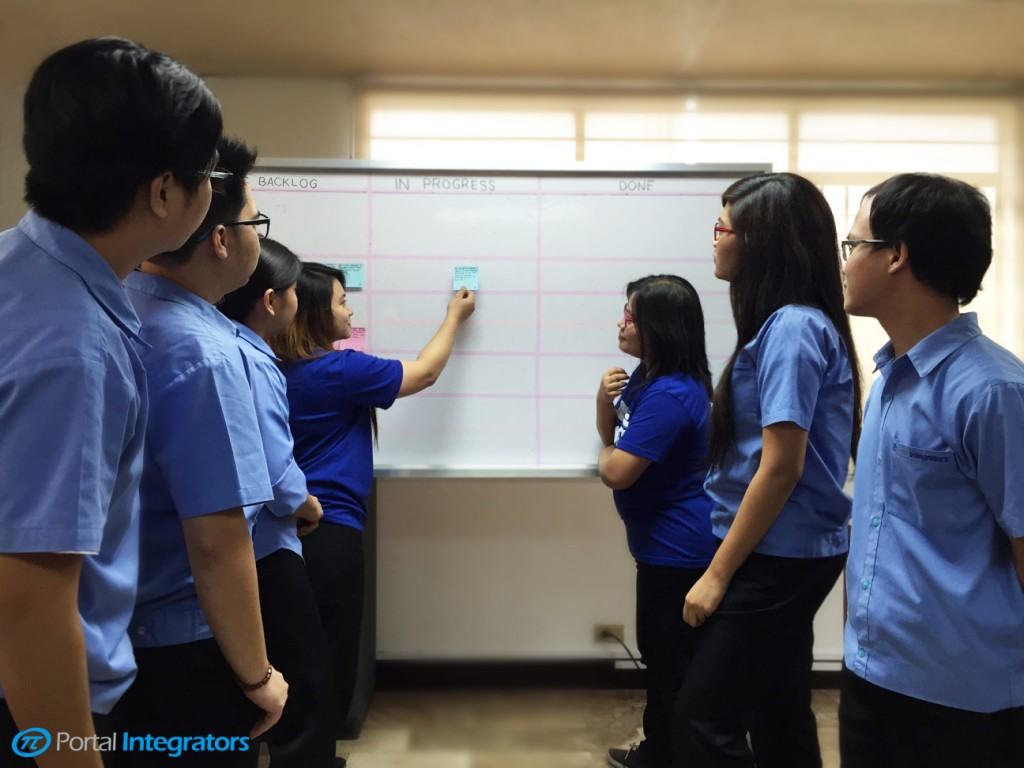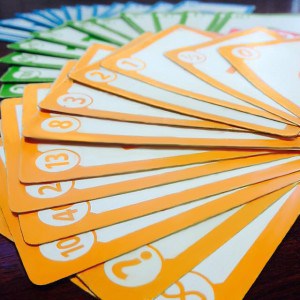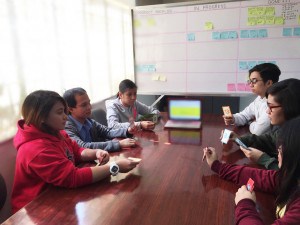
Working on a web development project can be quite stressful. Code issues, evolving client needs, and other aspects can affect the timeline. It is inevitable that once a client sees the partial product for the first time, he or she would want to make changes or improvements. Some changes seem really simple at first glance but are quite arduous to actually implement.
Thankfully, our Portal Integrators team follows the principles of Scrum and uses the Scrum Framework. This enables us to avoid misunderstandings with clients about specifications or requests and to deliver quality products at the expected time.
One of the activities that we do as a Scrum team is Sprint Planning.
Our Sprint Planning occurs every week. As its name suggests, this is when we plan our weekly sprint – the time when we talk about the priority of our backlogs and decide how much effort we should put into each backlog item. For an hour or two, we discuss the backlog items that we could take on for the sprint.
Here are the things that we need for our Sprint Planning:
1. Planning Poker Cards
2. Backlog Items
3. Coffee (optional – for when we need our caffeine fix)
The first thing we do in our Sprint Planning is to look at and understand the backlog items. As we do this, we answer all of the questions that any of the team members have. Our goal in this step is for every team member to fully understand each backlog item.
Next we each take our Planning Poker cards, which we use to vote for the story points of effort to be allocated for each backlog item. To know more about story points and how to estimate them, check out this page. We show our votes to each other all at the same time for the first backlog item.
If we have different votes, which happens often because we have different ideas, we discuss the reasons why we think that backlog item is worth the points of effort that we voted for, and then we repeat the process until we all come to an agreement. Then we move on to the next item until we have reached our target points for the sprint. For example, if our target for this sprint is 60 points, then we add the next priority story and vote until we have a total of 60 points’ worth of stories.
By doing this, we get a clear idea of what items to prioritize and how much effort we need to exert on each story. We also get an idea of how much we can do in a sprint. In the long run, we can increase or decrease the target amount of effort depending on the situation and the capacity of the team. Sprint Planning and other Scrum activities have definitely helped us have a systematic process and deliver quality output. We can assure our clients that by using Scrum activities, we can deliver quality products at the agreed-upon time.



